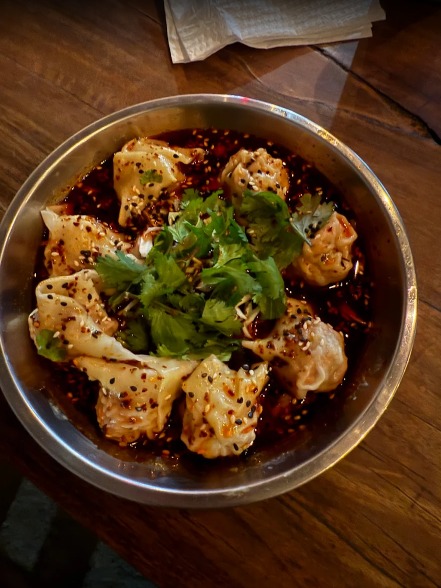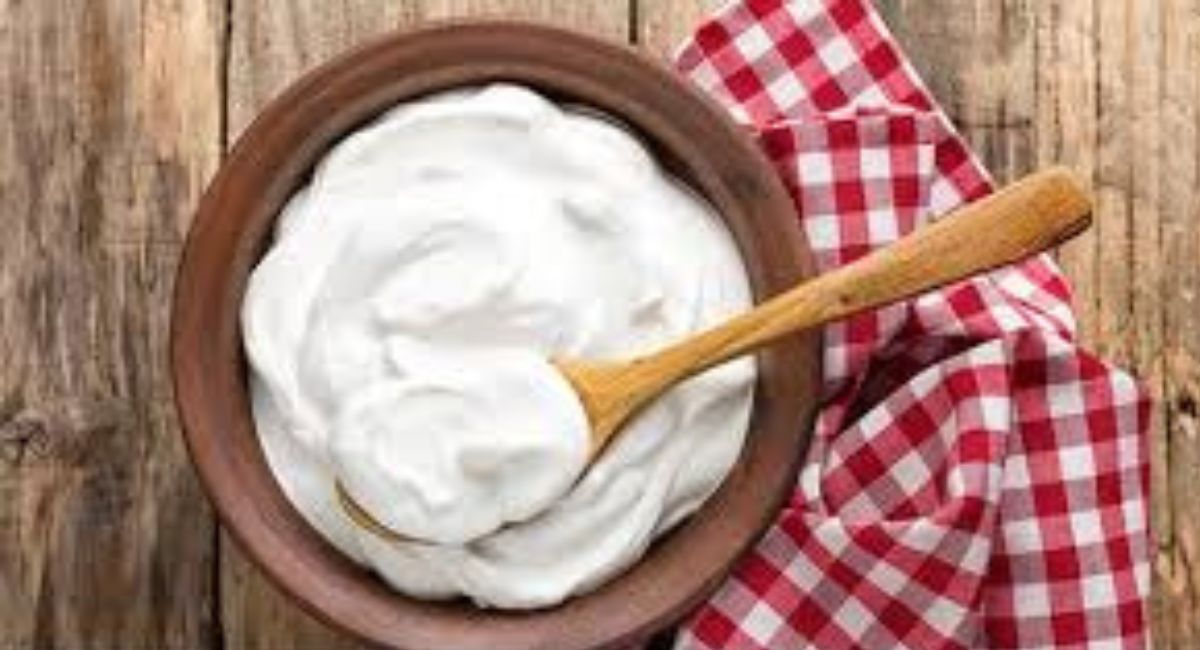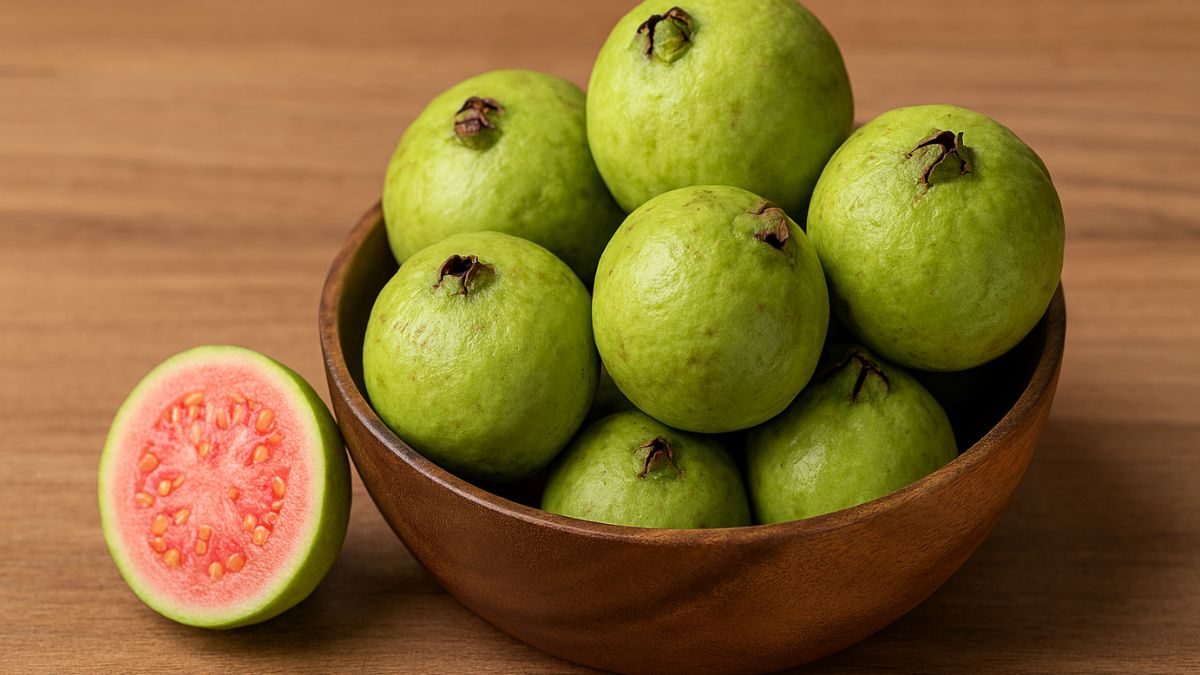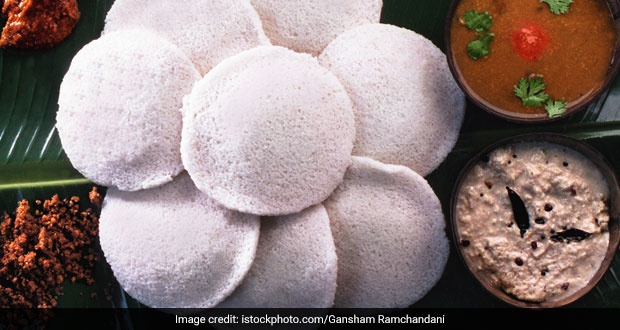Idli is hands down one of the best dishes to have come from the kitchens down South. You are unlikely to find an Indian turning away a plate of warm and soft idlis, served with piping hot sambhar and chilled coconut chutney. The delicious rice cakes are one of the best desi culinary contributions to the world, for their sheer simplicity. The two main ingredients of idlis are also two of the most-loved foods of vegetarian Indians - rice and lentils or dal. Idli batter is a simple mixture of soaked and ground rice and lentils that is then steamed in a special steamer and enjoyed fresh with sambhar and chutney. However, the process of making idli is more nuanced that one would imagine.
There are a number of small and big things that have an impact on the texture, fluffiness and mouth-feel of idlis. The best idlis are light and porous, but not very crumbly, and squidgy. Idlis are supposed to be soft not just when they are warm and straight out of the steamer, but also when they are at room temperature. If you're able to achieve this softness in your finished idlis, then you may have got the idli batter just right. There are a number of factors that you need to get right, in order to get this ideal idli texture.
Also Read: Healthy Breakfast: 3 Ways Of Making Idlis Fibre-Rich
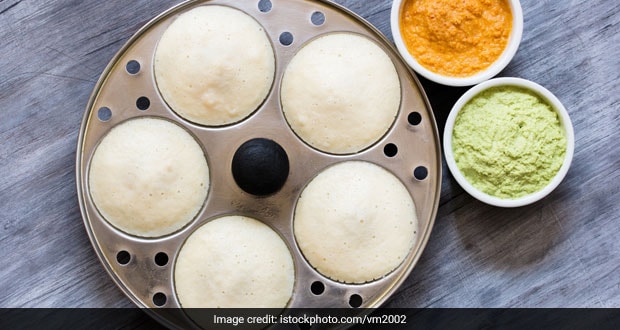 Indian cooking hacks: Idli should be soft and fluffy even after it gets cold
Indian cooking hacks: Idli should be soft and fluffy even after it gets coldIndian Cooking Hacks: Foolproof Tips For Making Fluffy, Soft Idlis
1. Type of rice: To get fluffy idlis, it's better to use idli rice or parboiled rice, which is also known as ukda chawal. If that's not available, then use short or medium-grain rice for the batter. Using long-grain rice is usually not recommended if you want to get fluffy idlis that remain soft even after they are cold. Parboiled rice is available in pre-packaged form but has a shorter shelf life than normal rice. However, parboiled rice is easier to cook and is more nutritious too.
Also Read: 5 Places In Chennai To Find The Perfect Plate Of Idli Sambar
2. Type of dal: For idlis, mostly whole or split black gram is used. You may want to use whole black gram or dhuli urad dal for idlis, as that is more nutritious. Rice and dal are usually used in the proportion of 2:1 for idli batter (2 cups of rice for every cup of dal).
3. Soaking: Some people soak the dal and the rice together, but soaking the two separately may give you better results. This is because rice and dal need different quantities of water to turn soft and fluff up. The dal usually requires more water per portion.
Also Read: What Makes Idli The Healthiest Snack We Know!
 Indian Cooking Hacks: Let all the ingredients soak separately for fluffier idlis
Indian Cooking Hacks: Let all the ingredients soak separately for fluffier idlis4. Grinding: The type of appliance you use to grind the paste also makes a whole lot of difference to the texture of idlis. Ideally, one should use wet grinder instead of a mixie or a food processor for preparing idli batter. The stones inside the wet grinder can help you get a smoother, fluffier batter. Wet grinders may not be that common, but they're certainly the best for grinding dal and rice for idli batter.
Also Read: Udupi, Chettinad & More: How Many Types Of Idlis Have You Tried?
5. The Secret Ingredient: Some people credit the edginess of the idli to a secret ingredient - soaked fenugreek seeds or methi dana. Soaking some fenugreek seeds in water until they rise, may significantly improve the texture of your idli batter. However, not everyone may like the taste and flavour of fenugreek seeds, so you may experiment by adding it to a small portion of your batter and see which one you prefer - the batter with fenugreek or without it.
Also Read: How Were Idli, Dosa, Appam Invented? This Twitter User's Funny Origin Stories Are Going Viral
Getting the idli batter right may take some trial and error and a few attempts on your part, but if you use the above tips, you may be able to get soft and fluffed up idlis every single time. Feel free to experiment with different quantities of rice, dal and water to get the texture of idlis that you like the best. Happy cooking!



